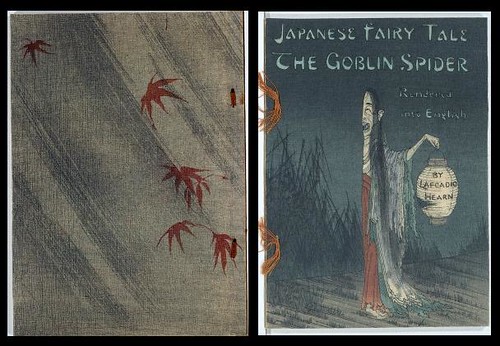

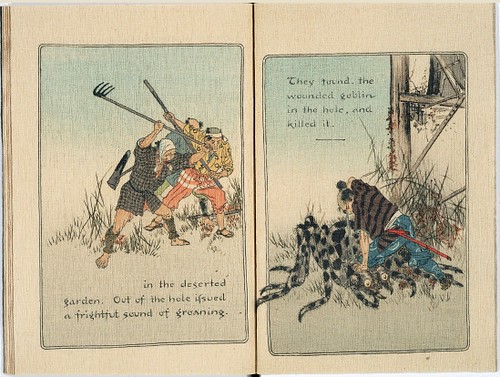
'The Goblin Spider'
Published by Takezirou Hasegawa in 1926.
Published by Takezirou Hasegawa in 1926.
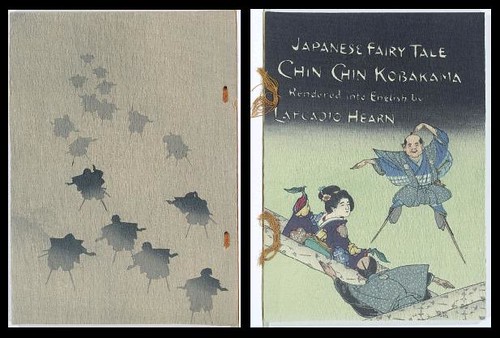
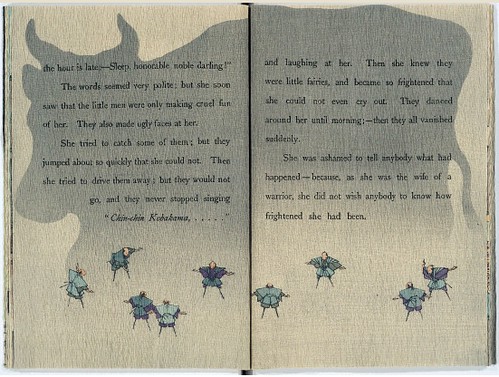

'Chin Chin Kobakama'
Published by Takezirou Hasegawa in 1925.
Published by Takezirou Hasegawa in 1925.
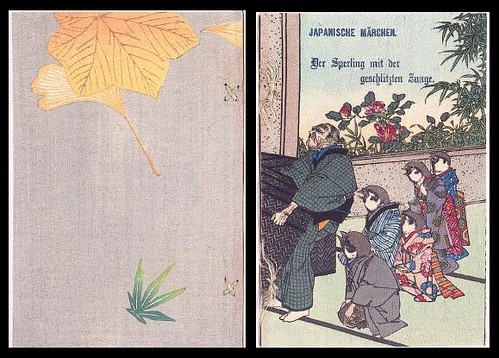

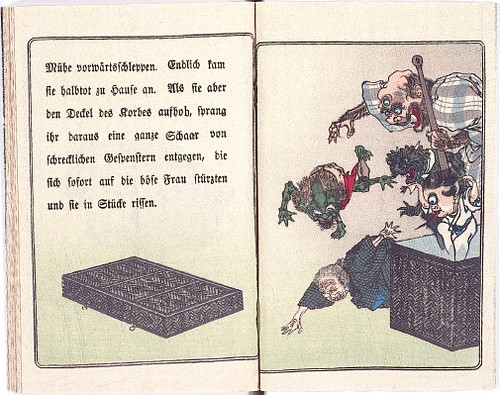
'Der Sperling mit der Geschlitzten Zunge'
Published by Takezirou Hasegawa (undated).
Published by Takezirou Hasegawa (undated).
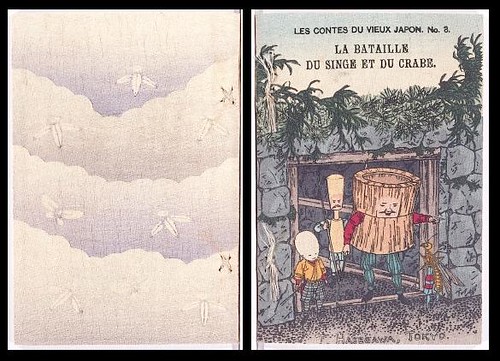
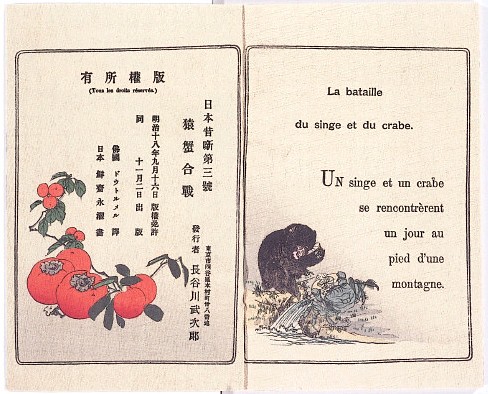

'La Bataille du singe et du Crabe'
Published by Takezirou Hasegawa in 1885.
Published by Takezirou Hasegawa in 1885.


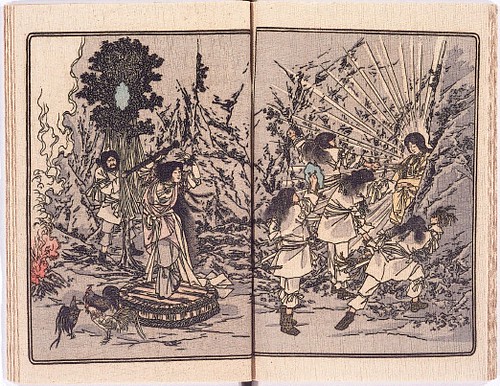
'La Sierpe de Ocho Cabezas'
Published by Takezirou Hasegawa in 1914.
Published by Takezirou Hasegawa in 1914.
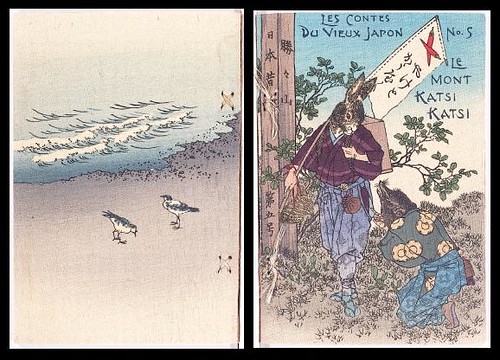

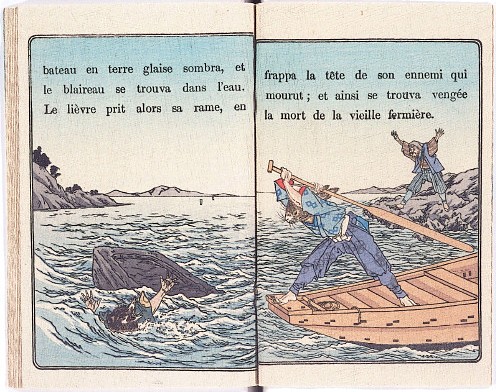
'Le Mont Katsi Katsi'
Published by Takezirou Hasegawa in 1897.
Published by Takezirou Hasegawa in 1897.

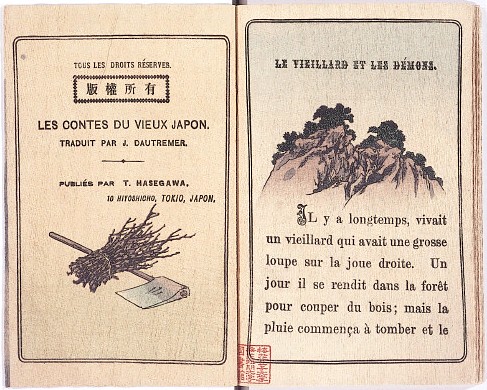
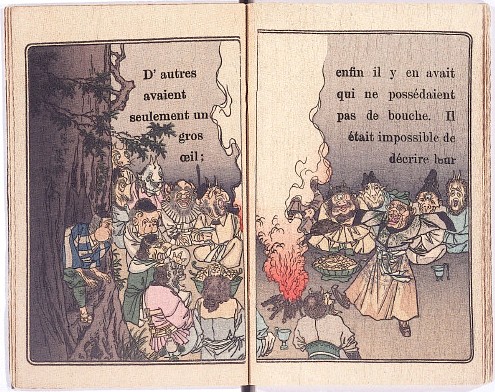
'Le Vieillard et les Démons'
Published by Takezirou Hasegawa in 1897.
Published by Takezirou Hasegawa in 1897.
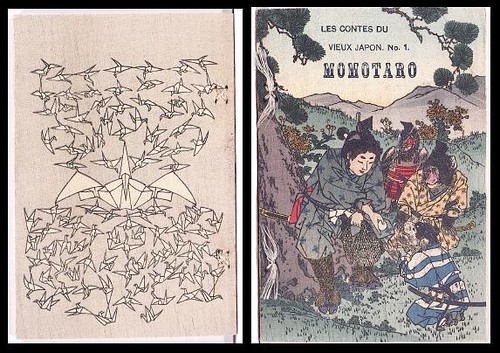
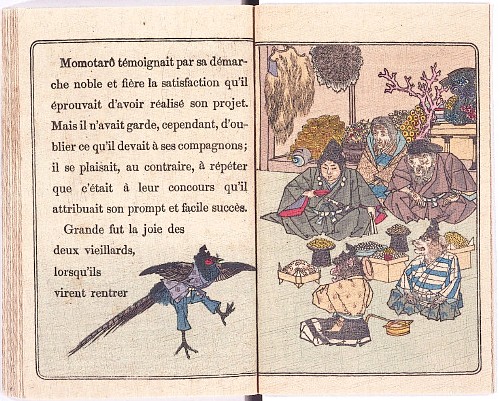
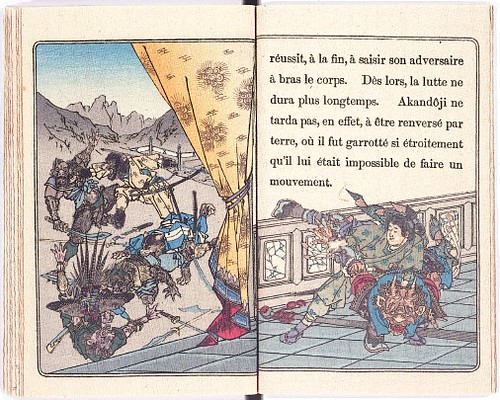
'Momotaro'
Published by Takezirou Hasegawa in 1886.
Published by Takezirou Hasegawa in 1886.


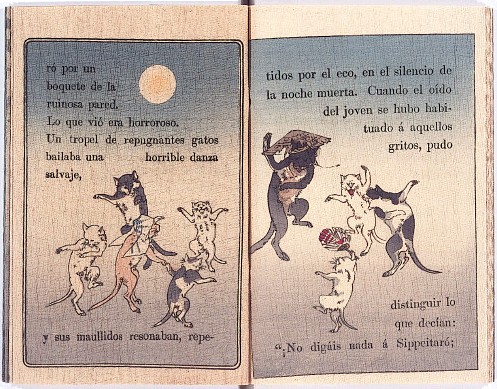
'Sippeitaro'
Published by Takezirou Hasegawa in 1914.
Published by Takezirou Hasegawa in 1914.
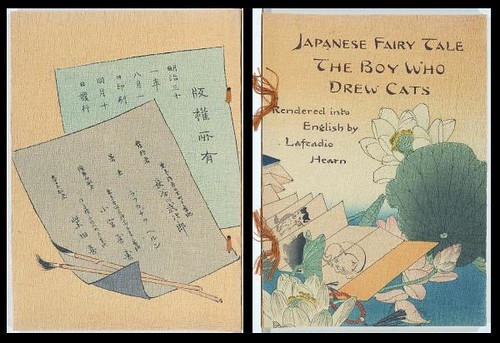

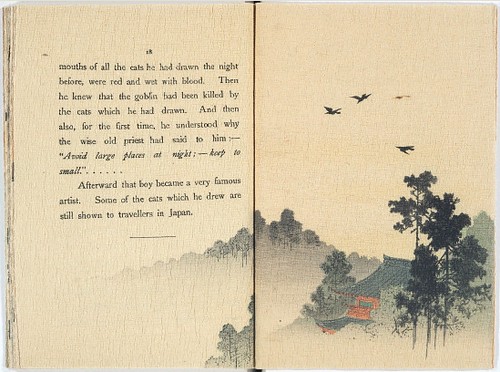
'The Boy Who Drew Cats'
Published by Takezirou Hasegawa in 1898.
Published by Takezirou Hasegawa in 1898.

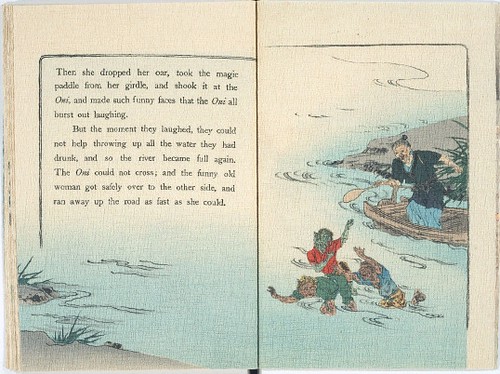

'The Old Woman Who Lost her Dumpling'
Published by Yosaku Nishinomiya Tanigawa Takeshi Stores in 1937.
Published by Yosaku Nishinomiya Tanigawa Takeshi Stores in 1937.
The Baika Women's University Collection of Crêpe Paper Books in Japan consists of more than one hundred and fifty works produced between about 1880 and 1940 in English, Spanish, French, German and Portuguese editions. Not all of the books are present in each language and some of the books were published on thick Japanese paper rather than crêpe paper. Most, but not all, of the books are traditional fairy tales.
The semi-flash site is fairly slick and very easy to negotiate and includes a preface and an introduction in english. That's the good news. The unfortunate part is that the image sizes are rather small. Normally I would have bypassed this material but it's unique and exquisite and worth posting despite the down side in my opinion. In most cases, slightly larger versions of the above images can be found by clicking through to the flickr page and clicking 'All Sizes'. In a few cases, what you see above is the full size image -- they are all screen captures. I've posted about sixty images all told to this flickr set in any event. I haven't actually looked all the way through the site yet.
Alternatively, larger image versions of many (?) of the books are available in non-flash format at the International Research Center for Japanese Studies - Nichibunken - but I think the image quality is poor.
"The crêpe-paper books in this collection were published mainly in the Meiji era by Hasegawa Kobunsha. Each picture drawn by the artist was cut on a woodcut, one woodcut for each color used in the picture. The printer applied the color to the woodcut, making a print on Japanese paper each time a different color was added. As to the story, each word was set in type, or, in some cases, in handcarved letters.
Lightly moistened Japanese paper was wrapped around a vertical cylindrical form and crinkled by pressing the paper down to the bottom of the cylinder. The crinkled paper was removed, opened, and wrapped around the cylinder again in a different direction. This was repeated eight or ten times. By this laborious method, soft, crêpe-like paper was finally produced. In the process, the size of the Japanese paper was reduced to about 80%. The pages were assembled and bound with silk thread."
"Formerly, crêpe-paper books were largely thought of as a souvenir for foreigners to take home, but this is a mistaken idea. [...] Through such books, Japanese culture could be spread abroad and appreciated."




No comments:
Post a Comment